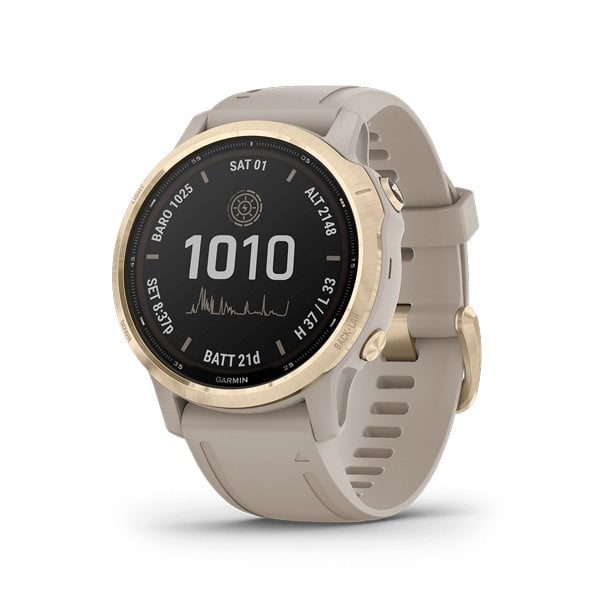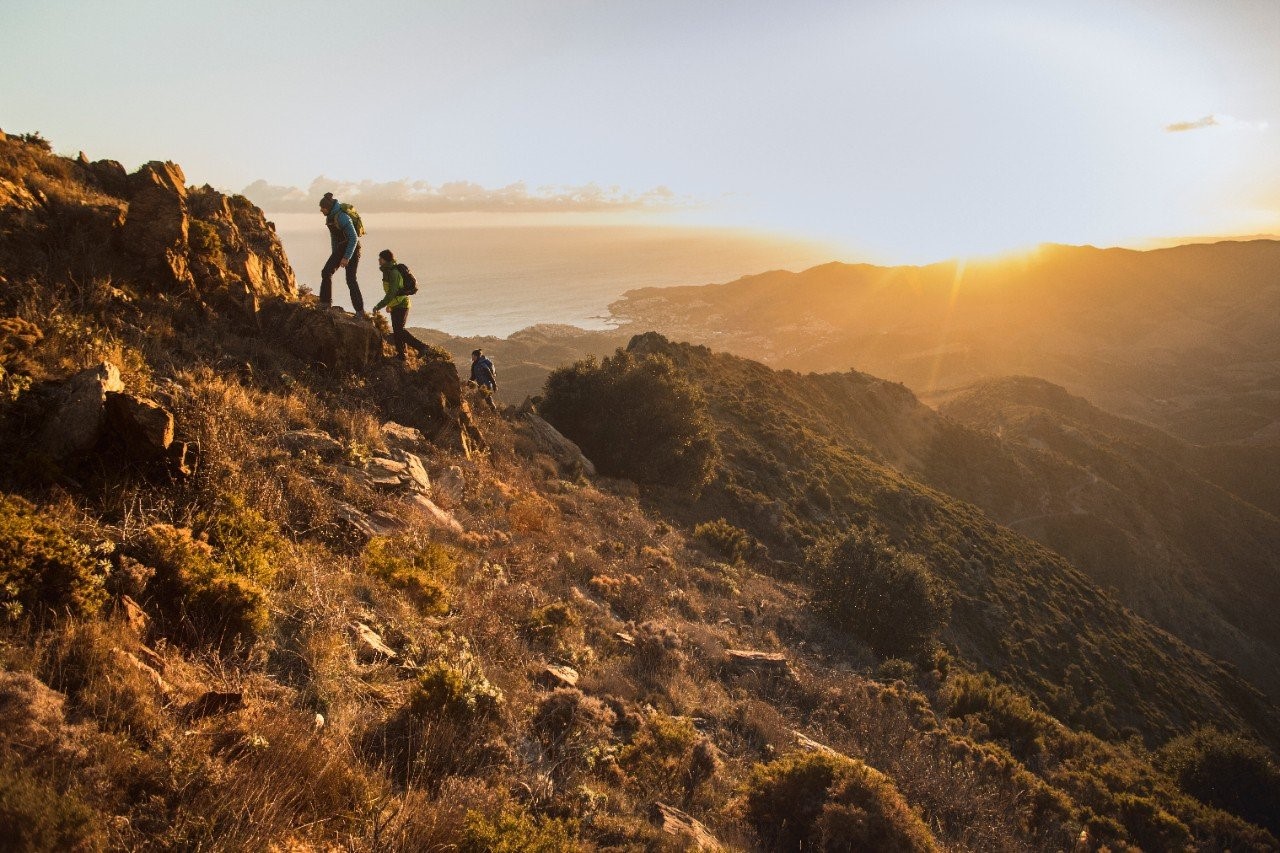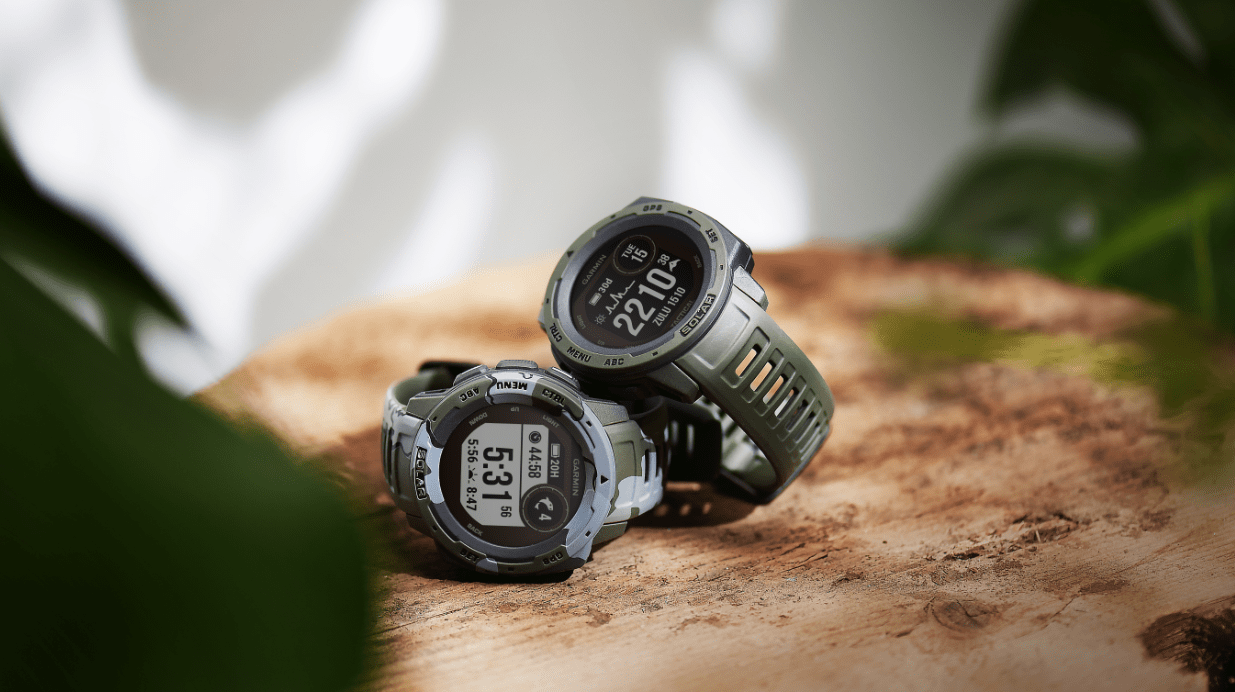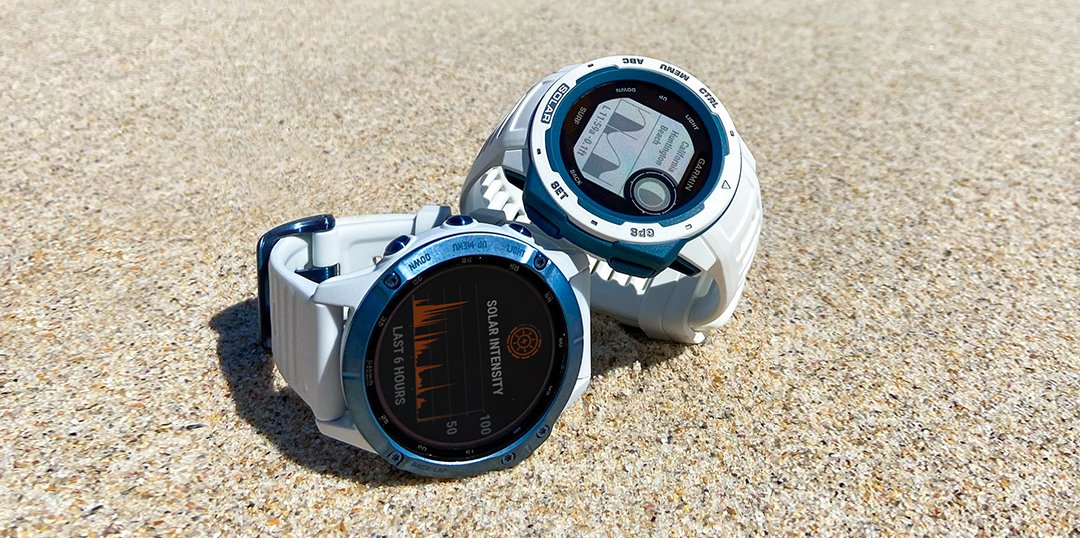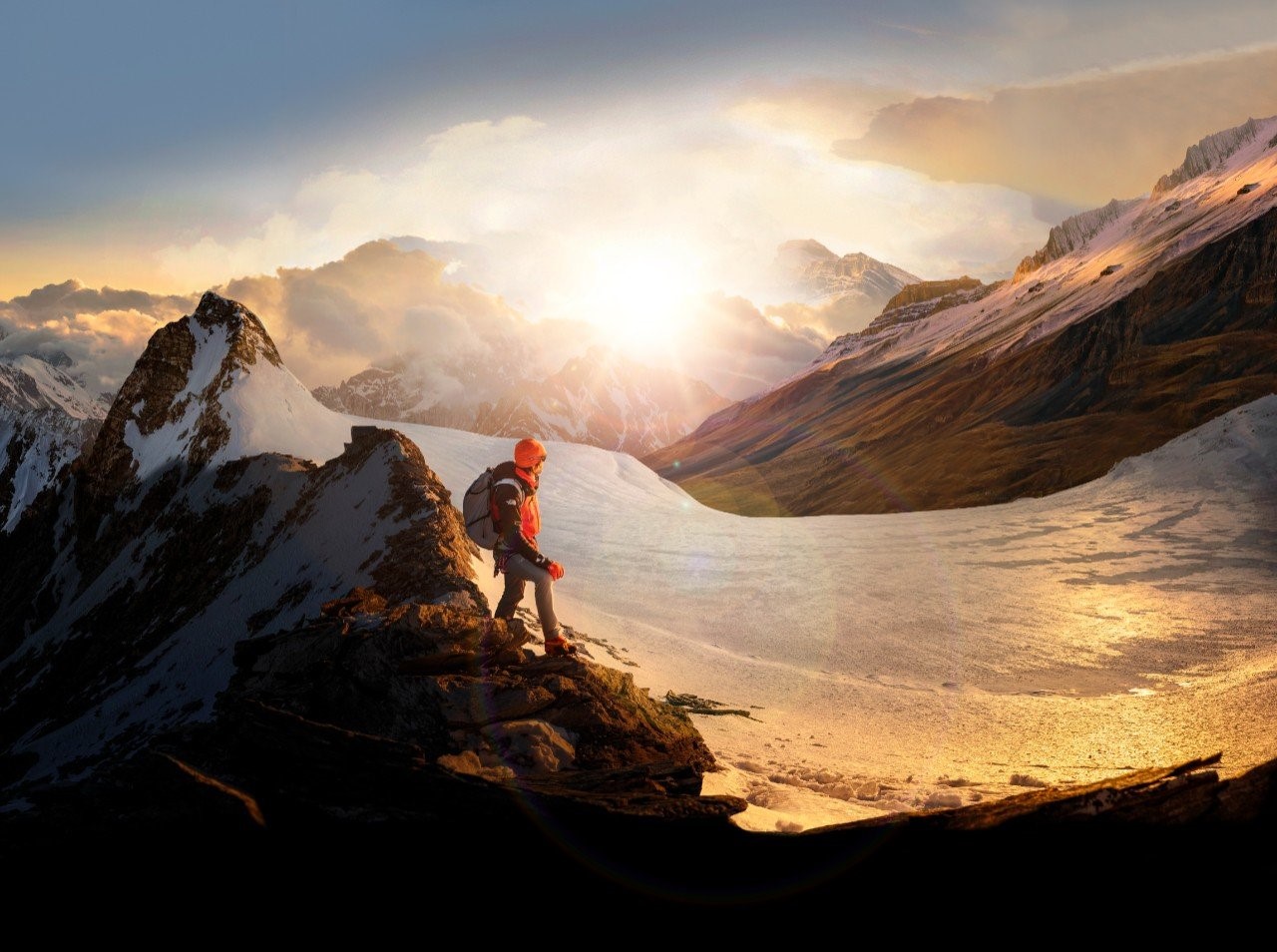
A Backpacker’s Essential Gear List
By Hannah Rheaume
Hannah is a Colorado-based adventurer. You’ll likely find her in some of the state’s most beautiful locations with a camera in hand. She’s the host of the podcast Women & the Wilderness, a yoga teacher, conscious creator and outdoor adventure photographer. You can follow her on Instagram @hannahrheaume.
Like so many others, Hannah began spending time in wild spaces when the outside world became a little too loud. What was once an escape quickly became her new normal. Below, Hannah shares her essential backpacking gear list.
Through a lot of trial and error, I figured out what works for me and what doesn’t on the trail. Keep in mind when reading through this list that what works best for me might not be best for you — thus the concept of trial and error. Have patience with yourself because it will take some time to navigate this new terrain.
- Backpack: This can be a tricky one to figure out, but anyone who works at a gear shop will be more than happy to help you find a pack that works for your body. There are a lot of different things to consider, like weight, size, pockets, torso length, hip straps and pole loops.
- Tent: I opt for a two-person ultralight backpacking tent with two vestibules. I find it’s just the right size for sleeping alone or with the person I am hiking with (if they don’t have their own tent). It is super lightweight and is easy to assemble alone or with someone else.
- Sleeping Bag: A sleeping bag rated to 25 degrees Fahrenheit typically does the trick when backpacking in the spring, summer and fall — but of course you know what your body needs for the best sleep.
- Sleeping Pad: I find that this is essential to having restful sleep. Generally, campsites are filled with roots, rocks and divots but with a good sleeping pad, you’d be hard pressed to notice!
- Cook System: There are a lot of compact cook systems out there that work really well and are lightweight. Most come in a starter package, and all you need to purchase in addition to the cook system are propane, silverware and bowls to eat out of.
- Water Filter and Reservoir: My water filter can attach directly to my water reservoir, which is compact and makes for very easy water filtration. I carry two water reservoirs with me, one I drink out of that fits in my pack and one specifically for filtering the water. I NEVER drink out of the reservoir I filter water in because the likelihood of getting sick from bacteria is high. When searching for a water filter look for one that removes 99.99% of viruses, 99.99999% of bacteria, and 99.9999% of protozoa, cysts and chemicals.
- First Aid Kit: I like to keep medical tape and duct tape in my first aid kit in lieu of bandages (because they don’t work very well, plus the tape can be used to fix damaged gear in a pinch) along with ibuprofen, dry ice packs and antiseptic ointment.
- Boots: Everyone’s preference is a little different — I prefer hiking boots with a lot of ankle support. Some might prefer more of a trail runner or something lightweight with less support.
- Extra Clothes and Layers: I keep my clothes in a dry sack to protect them from moisture, and it usually includes extra underwear, socks, bras, sleep clothes, T-shirt, long sleeve sun shirt, pants and shorts.
- Camp Sandals: I like to let my feet breathe after a day of hiking — camp sandals are perfect for that. Some don’t mind walking around barefoot, but I have sensitive feet and find this is an easy way to keep dirt out of my tent.
- Rain Gear and Pack Cover: This is always in my pack — no matter the forecast. Here in Colorado the weather can change in an instant, so I always like to be prepared.
- Outdoor Watch: I have the fēnix® 6S Pro Solar. I love this watch because it helps me prepare for trips by mapping out my route on the trail using preloaded topographic maps as well as utilizing performance metrics, suggested recovery time and daily workout suggestions based on goals. While on the trail, it helps me determine how I’m holding up to the altitude (very important in Colorado) and has respiration tracking, a Pulse OX sensor1, a solar-charged battery and topo maps! Basically, it’s an adventurer’s best friend.
- Satellite Communication Device: I use the inReach® Mini2, which is a satellite communicator and allows me to send preloaded messages to specific contacts to let them know I’ve made it into camp safely when out of cell range. There is also an SOS feature I can use in the event I am hurt or lost.
- Food: It’s important to look for fuel when shopping around for backpacking food. I look for food that is high in fat, carbohydrates and protein and try to avoid the super sugary meal replacement bars and snacks. I find when I eat those I experience a crash later in the day. I start the day with some plain oatmeal with coconut oil and almond butter (you can buy individual packets of these). For lunch I usually don’t have much of an appetite but when I do, I opt for jerky and nuts. Then I usually purchase a dehydrated meal that only requires boiling water to cook for dinner. Throughout the day, if I feel a dip in energy I will snack on dehydrated fruit, nuts, low-sugar protein bars or almond butter.
- Headlamp: The headlamp I use has an adjustable head strap and a rechargeable battery, both convenient and functional.
- Trash Bags: I reuse plastic grocery store bags because they are small, lightweight and easy to pack. I have one designated for toilet paper and the other designated for food waste. I then put those into their own scent proof bag (more on that below). Remember: It is imperative to carry out what you carried in!
- Toiletries: I enjoy the comforts of some of the things I have at home while in the backcountry. In my toiletry bag I usually keep toothpaste tabs, a wooden toothbrush, wipes, eye drops, toilet paper, hand sanitizer, bug spray, sunscreen and a fast-dry camp towel.
- A Book: Some might call this extra weight but for me it is essential! I love winding down after a long day of trekking by diving headfirst into a book.
- Food Storage: This might look a little different depending on where you’re backpacking, but I like to keep all of my scented items, including food, in a scent proof bag. I then put the scent proof bag into a “rat sack,” which is a stainless-steel mesh bag that protects its contents from being eaten by little critters! When in bear territory, a bear can is essential! Always remember to store food and scented items at least 200 feet (80 steps) away from your camp.
- Safety Equipment: I carry bear spray, a whistle and a pocketknife with me at all times on the trail.
- Extra Batteries: I usually have backup AA batteries as well as one or two external battery packs, depending on how long the trip is and what items I need to charge.
- Lighter/Matches: These are great for starting a fire when permitted and not during wildfire season.
- Trekking Poles: These aren’t for everyone, but for me they really help with weight distribution up and down the trail.
- Navigation Tools: Aside from the maps saved on your phone or GPS handheld, bring a compass and paper map of the area you are exploring.
To learn more about Hannah’s adventures, follow along on Instagram at @hannahrheaume.
1This is not a medical device and is not intended for use in the diagnosis or monitoring of any medical condition; see Garmin.com/ataccuracy. Pulse Ox not available in all countries.
2Active satellite subscription required. Some jurisdictions regulate or prohibit the use of satellite communication devices. It is your responsibility to know and follow all applicable laws in the jurisdictions where the satellite communication device is intended to be used.
